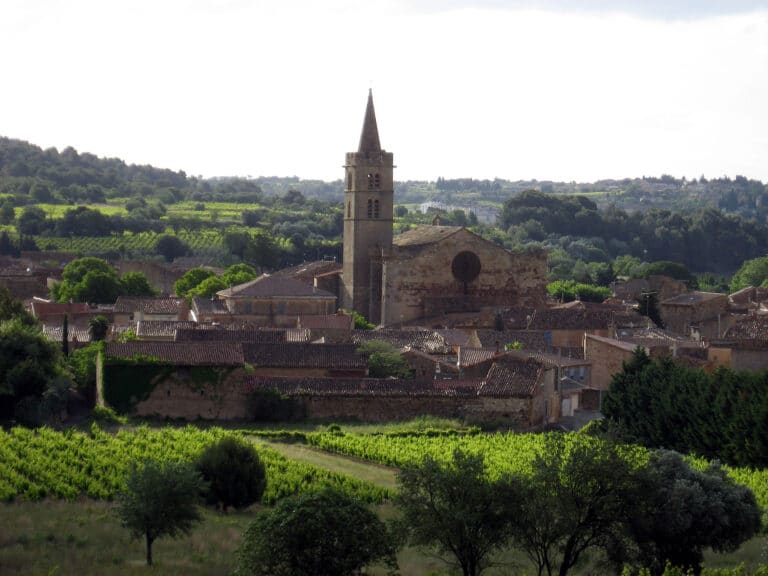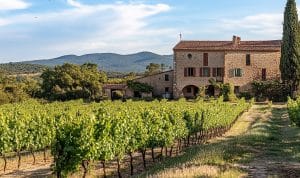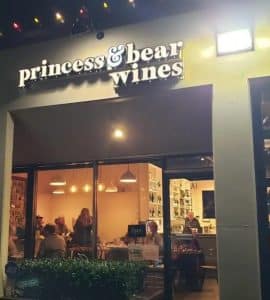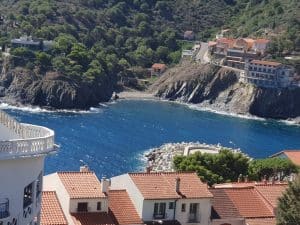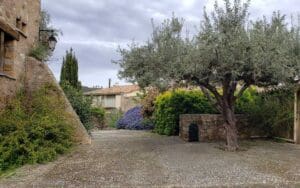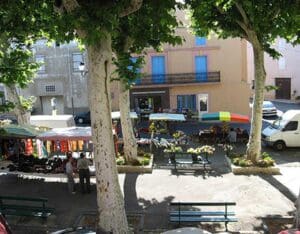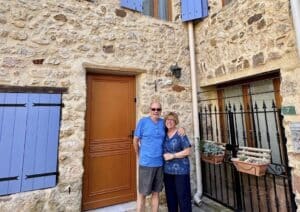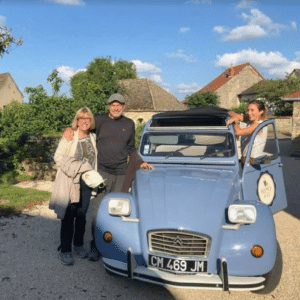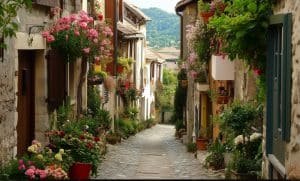Depending on how long you’ve been exploring France, you may have heard of Languedoc. For decades, it’s been a name that sparks joy for expats and Francophiles who fell in love with the region’s timeless beauty.
Think rolling vineyards, fields of sunflowers, and picturesque villages where time seems to stand still. Whether you were strolling along the Canal du Midi or exploring medieval streets, Languedoc had a way of stealing hearts.
What happened to Languedoc?
In 2016, France reorganized regional names and boundaries to simplify administration. Languedoc was merged with Roussillon and Midi-Pyrénées to create the new administrative region of Occitanie.
The name Occitanie was chosen because it reflects the shared history and language of the larger area. Occitan was the language spoken not only in Languedoc but also in nearby regions like Roussillon and parts of Gascony. The idea was to create a more unified identity for the region.
What Does “Languedoc” Mean?
The name Languedoc goes way back to medieval times and comes from the phrase langue d’oc, which refers to the language spoken in southern France. Back then, people in this area said oc for “yes,” while up north, they said oïl (which eventually became oui in modern French). This linguistic difference shaped the region’s identity and gave it its name.
What Made Languedoc So Well-Known?
During the Middle Ages, Languedoc wasn’t just a name—it was a cultural powerhouse. It was famous for its wine, troubadours and poets who wrote songs about chivalry and love. The traditions of the time and region live on strong to this day.
Languedoc is one of the oldest wine-producing areas in France, with vineyards dating back to Roman times. By the 19th century, it was the largest wine-producing region in the world! Even today, wine lovers from all over flock here to taste everything from crisp whites to full-bodied reds.
Why People Still Call It Languedoc
If you talk to expats who’ve been visiting or living in southern France for years, you’ll notice that many still refer to a region known as Languedoc. The name carries memories of France’s simpler, more rustic side—where life feels slower and more connected to the land.
Authentic French Villages in Languedoc (Occitanie)
The villages of Languedoc are among the most charming and unspoiled in France. Unlike the polished elegance of Provence or the glamour of the Côte d’Azur, Languedoc’s villages feel more rustic, authentic, and deeply rooted in the region’s agricultural heritage.

Quarante
This small village offers a tranquil charm with its historic architecture and connections to the wine-growing traditions of the region. Strolling through Quarante, visitors will find peaceful streets, centuries-old buildings, and a strong sense of community life centered around the village square.
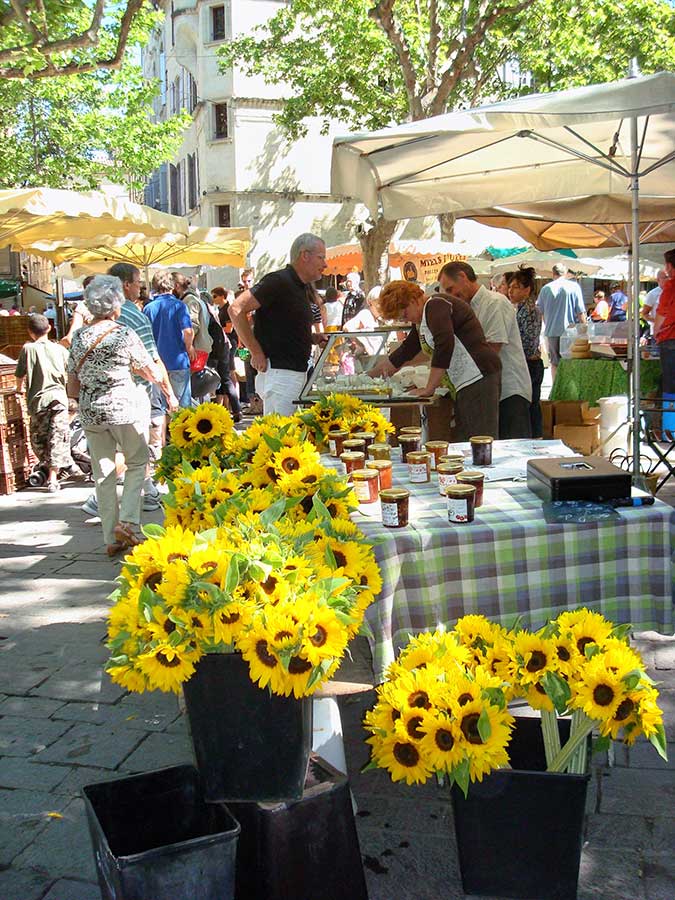
Uzès
Uzès is a charming little town in southern France, full of history and character. Its medieval streets, beautiful Duché d’Uzès, and lively markets give it a cozy, welcoming vibe. With its stunning architecture and easy access to the beautiful countryside of the Gard region, it’s the perfect place to relax and soak in the laid-back charm of Provence.

Montouliers
Perched on a hilltop, Montouliers offers sweeping views of the surrounding vineyards and valleys. This sleepy village, with its narrow lanes and charming stone houses, is perfect for those looking to experience the quiet beauty of the Languedoc countryside. Its peaceful ambiance makes it a hidden gem in the region.
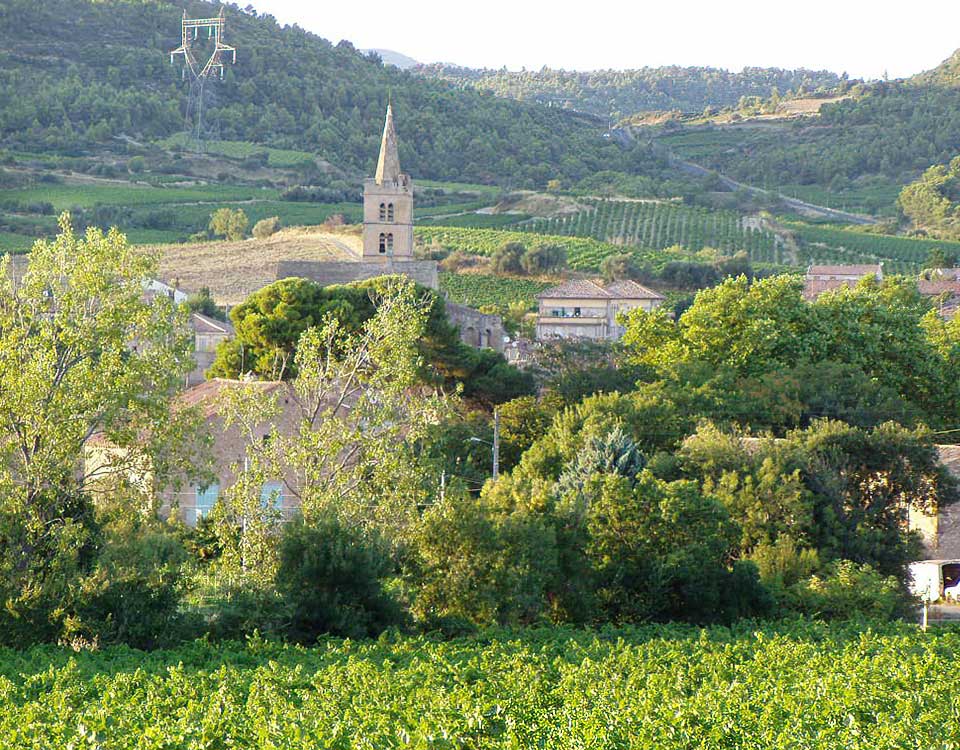
Cruzy
Known for its rich history and connection to viticulture, Cruzy is a quintessential Languedoc village. It’s home to ancient ruins, narrow streets lined with stone houses, and a peaceful atmosphere that invites visitors to take their time exploring its historical landmarks and local vineyards.
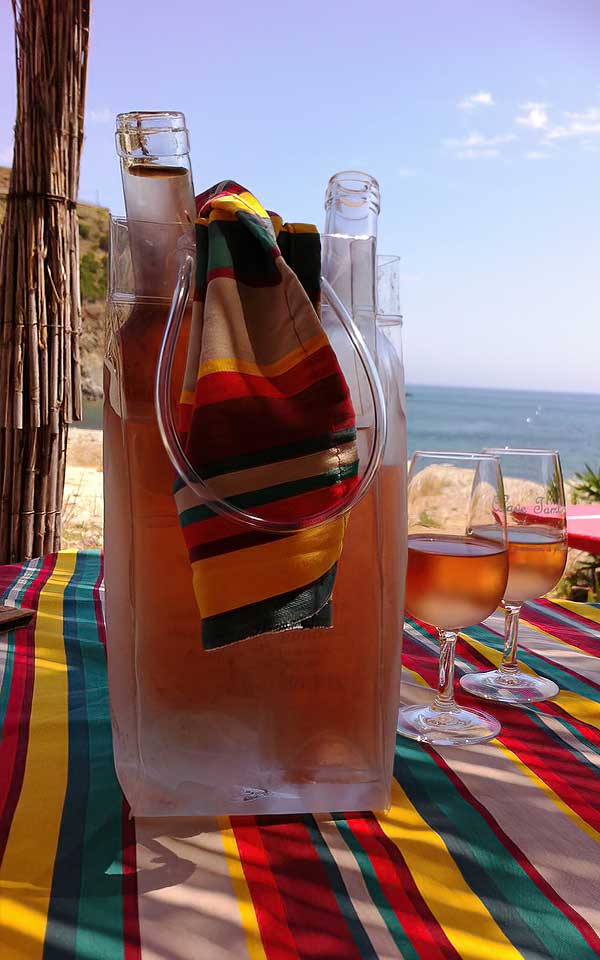
Cerbère
Tucked between the Mediterranean Sea and the Pyrenees, Cerbère is a coastal village with dramatic scenery and a distinct Catalan influence. Its rugged coastline, picturesque port, and proximity to nature reserves make it a haven for nature lovers and those seeking a more off-the-beaten-path destination.
Visiting these villages offers a glimpse into the soul of Languedoc. They aren’t overly touristy, allowing visitors to experience true French village life.
You will want to return to Languedoc time and again
Simply put, the diversity of experiences that Languedoc offers will keep you wanting more. Whether you’re a history buff, a wine lover, a foodie, or an outdoor adventurer, this region will captivate you with its depth and authenticity.
Each visit reveals something new—whether it’s a hidden village, a new vineyard to explore, or a historical site that transports you back in time.


